Morvathian Tea Ceremony
Sugar, Cream, and Witchcraft
"Morvathians and their tea... Honestly, the entire ordeal strikes me as a dramatic overreaction to boiled water and foliage. They practically trip over themselves to brew a pot for every occasion. Witches even gather for ‘tea breaks’ as though the camaraderie of sipping leaves is essential for spellcasting. I, of course, have no such need for these feeble comforts, nor for the company it supposedly fosters. And before you ask, no, my opinion has nothing to do with the impossibility of handling those absurdly tiny cups with talons. Nothing at all."Despite its modest size, Morvathia is one of the largest importers of tea in North Vespero, with most of its supply coming from direct trade with the Sunblessed Land of Anatara via the Sunrealm Trading Company. Though tea has only been a part of Morvathian culture for roughly 150 years, it has already given rise to unique traditions and ceremonies, that are very different from its origin in Anatara. The most popular tea in Morvathia is a rich black tea served with sugar candy and cream, often accompanied by a variety of baked goods. This pairing is a staple during small gatherings with friends, family, or guests, creating an atmosphere of warmth and hospitality. A short tea ceremony is a customary way to welcome guests in Morvathian homes, with its own etiquette and unspoken rules. Participants are expected to drink at least three cups of tea as a sign of respect and engagement. Refusing to drink the minimum, or declining to participate in the ceremony altogether, is seen as impolite or even outright insulting.
The Short History of Morvathia’s Tea Trade
In ca. 1500 A.S., Witchqueen Liona Valtessa sought to redefine Morvathia’s tarnished image after the tumultuous reign of her predecessor, Gastad Argentier. Her efforts included a bold trade expedition led by House Kelpearl, aiming to discover new trade routes and forge alliances with distant lands. The expedition was a critical step in elevating Morvathia’s reputation, positioning the realm as a viable partner among the nations of North Vespero.Forging the Anataran Connection
Along the Kelpe River Trade Route
Anatara’s primary exports to Morvathia included spices, herbal medicines, porcelain, silk—and most notably, tea. Initially, tea symbolized wealth and exclusivity in Morvathia, with imported blends reserved for the elite, while rural households relied on brewed infusions with local herbs. Over time, however, the accessibility of imported tea grew, and today the Morvathian tea ceremony has become a cherished practice across all social classes.
Tea Etiquette and Rituals
Afternoon tea holds a special place as the primary tea time across Morvathia, offering a welcome pause in the middle of the day’s activities. In some regions, however, additional tea breaks have become customary. In Knightroot and Rubisgrad, mornings often begin with a brief tea break, providing a moment of calm before the day fully unfolds. On the Blackfeather Isle, tea is also enjoyed in the evening, as a soothing ritual to close the day. Morvathia has developed a very specific tea etiquette, that a guest should follow, if they do not wish to insult their host. The ritual begins with a piece of sugar candy placed in the cup before the tea is poured beside it, rather than directly on top. This practice prevents the candy from melting too quickly, ensuring the tea does not become overly sweet too soon. After letting the tea rest for a moment, a spoon is briefly warmed in the cup before being used to add cream. The cream is gently swirled along the inside wall of the cup with an anti-clockwise motion, creating a small cloud rather than fully mixing into the tea. The tea is meant to be enjoyed as it is, allowing the drinker to experience the layers of flavor: the creamy milk at the start, the tangy tea at the center, and the sweetened finish at the bottom.The host traditionally pours the first cup for each guest and for themselves. In turn, a guest is expected to reciprocate by pouring the next round, including the host’s cup. Completing at least three cups is customary; anything less is considered impolite or dismissive of the host’s hospitality. Guests signal they are finished by either placing the cup upside down on the saucer or leaving the spoon in the cup, discreetly concluding the ceremony. Morvathians hold that tea ceremonies are ideal settings for discussing delicate matters. The deliberate steps and thoughtful pauses encourage reflection, creating an atmosphere of calm and focus. These rituals have become a nation symbol, that define Morvathian hospitality.
Sips and Spells: Tea in Witchcraft
Tea, particularly imported blends from Anatara, has become a significant element in Morvathian witchcraft. It is commonly consumed in preparation for magical rituals, valued for its calming and focusing effects. Many witches keep dedicated tea sets for this purpose, viewing the act of sharing a cup of tea with fellow practitioners before undertaking a demanding task as a dignified and harmonious way to engage with the arcane. The image of Morvathian witches gathered around a table with steaming teacups has become iconic, frequently depicted in art and literature.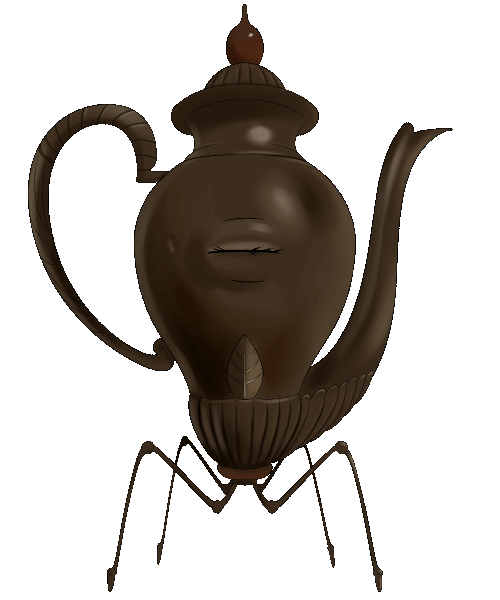
This motif appears in both reverent homages and satirical works. In the popular comedic collection The Unusual Tales of Grinny Groggins, the titular character—a buffoonish parody of a Morvathian witch—holds tea ceremonies for herself three times a day, regardless of her circumstances. Her insistence on maintaining this ritual often leads to chaotic and humorous consequences. Despite such mockery, Morvathian witches embrace tea ceremonies as a cherished tradition, symbolizing camaraderie and focus. In witch households, it is also not uncommon to find a pet mimic serving as a walking teapot. These chimeras, shapeshifted into ornate teapots, take delight in refilling the cups of guests and hosts alike, moving about on their own to ensure no cup is ever empty for long.


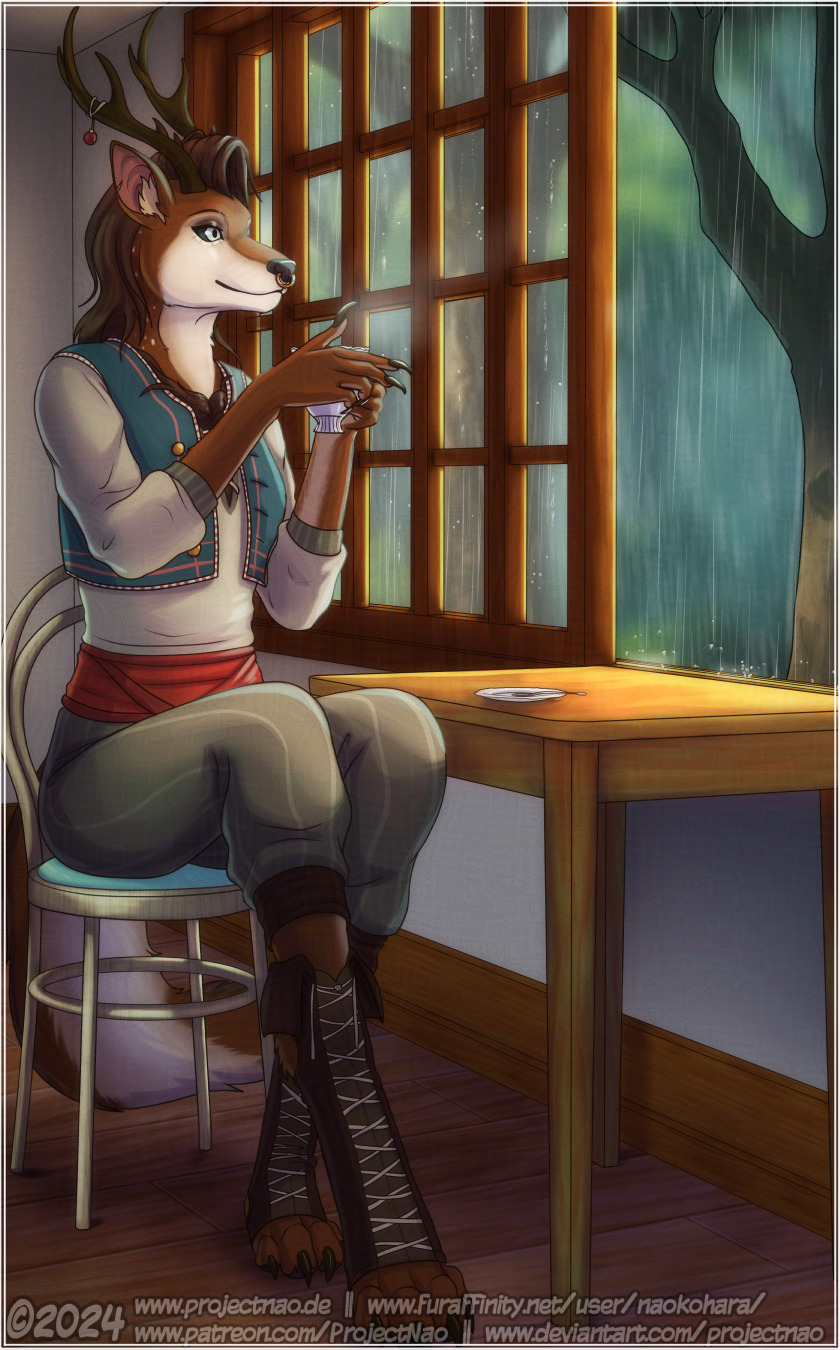
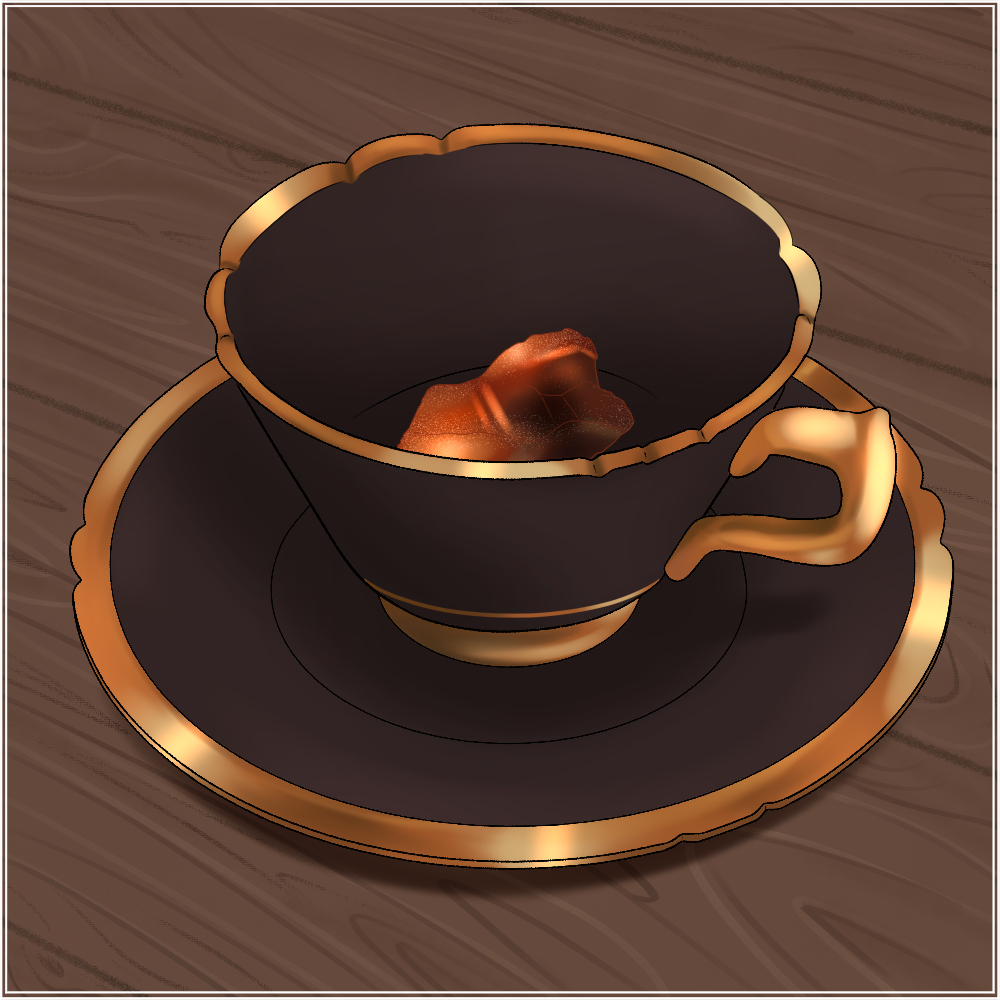
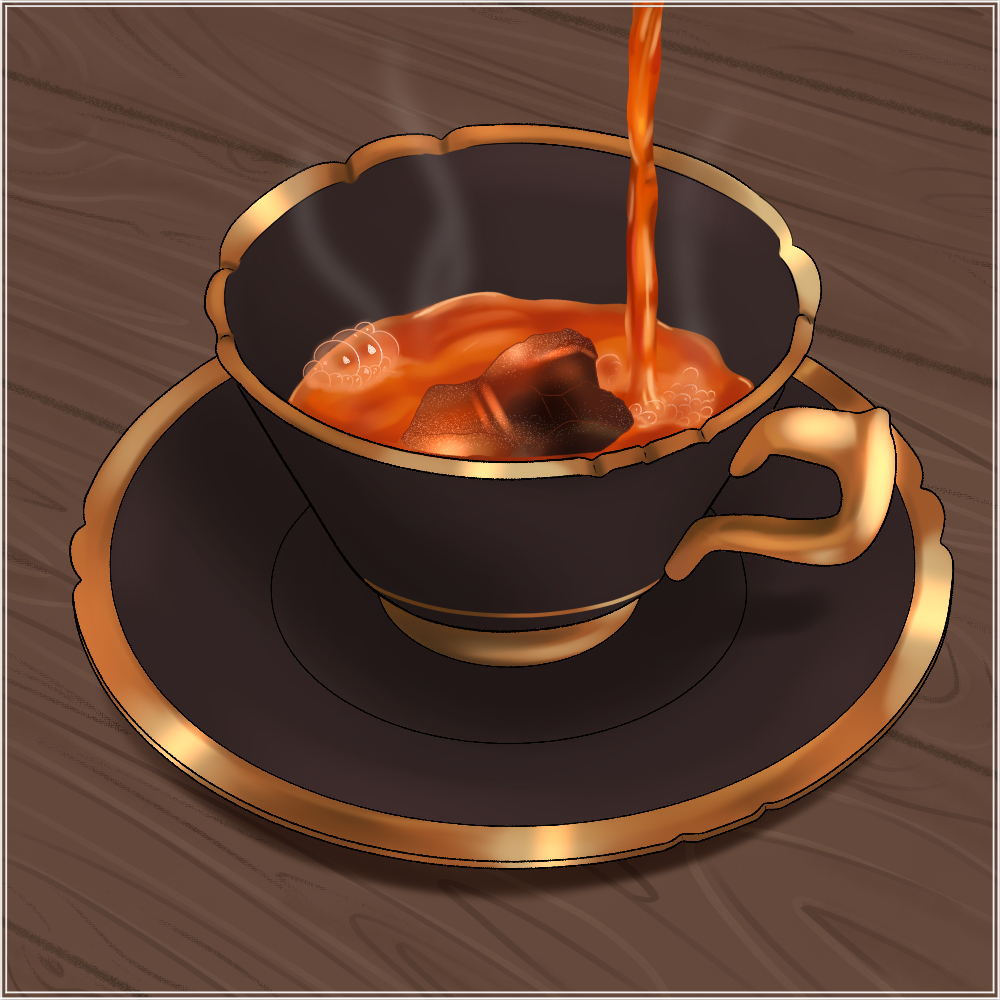
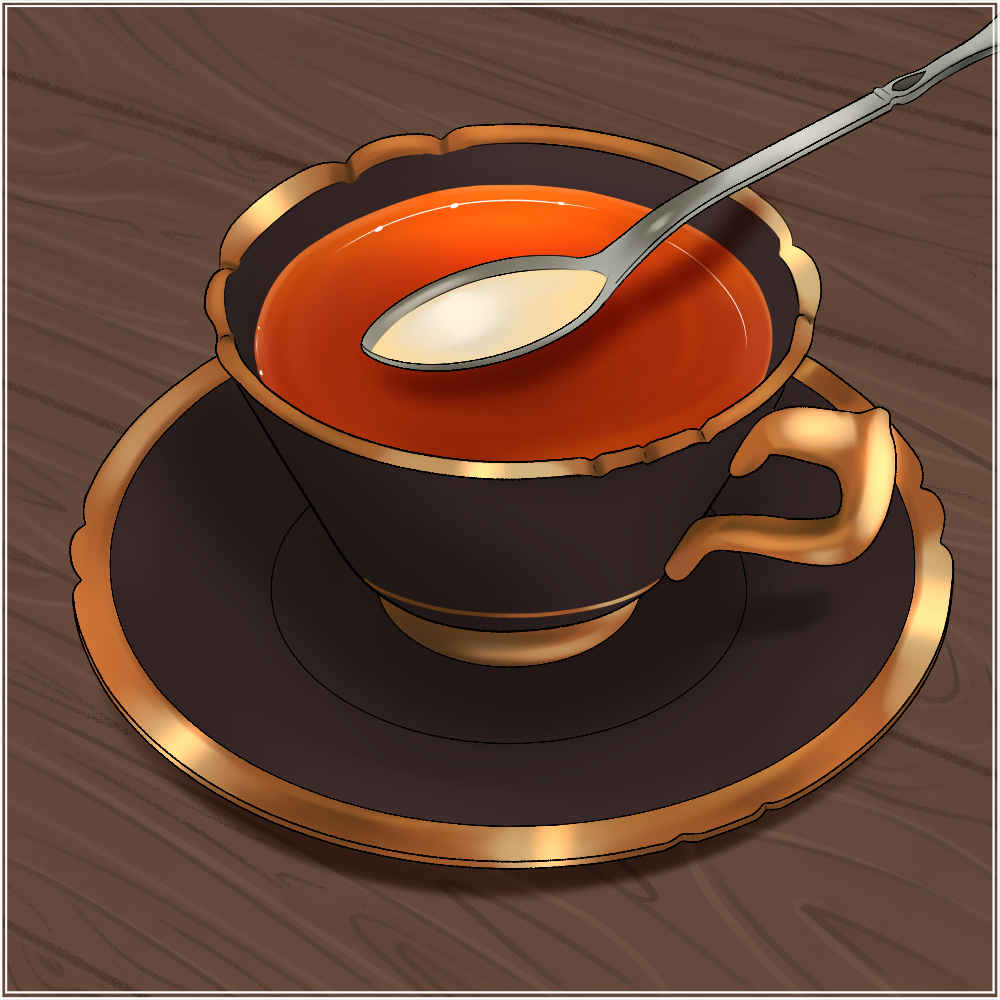
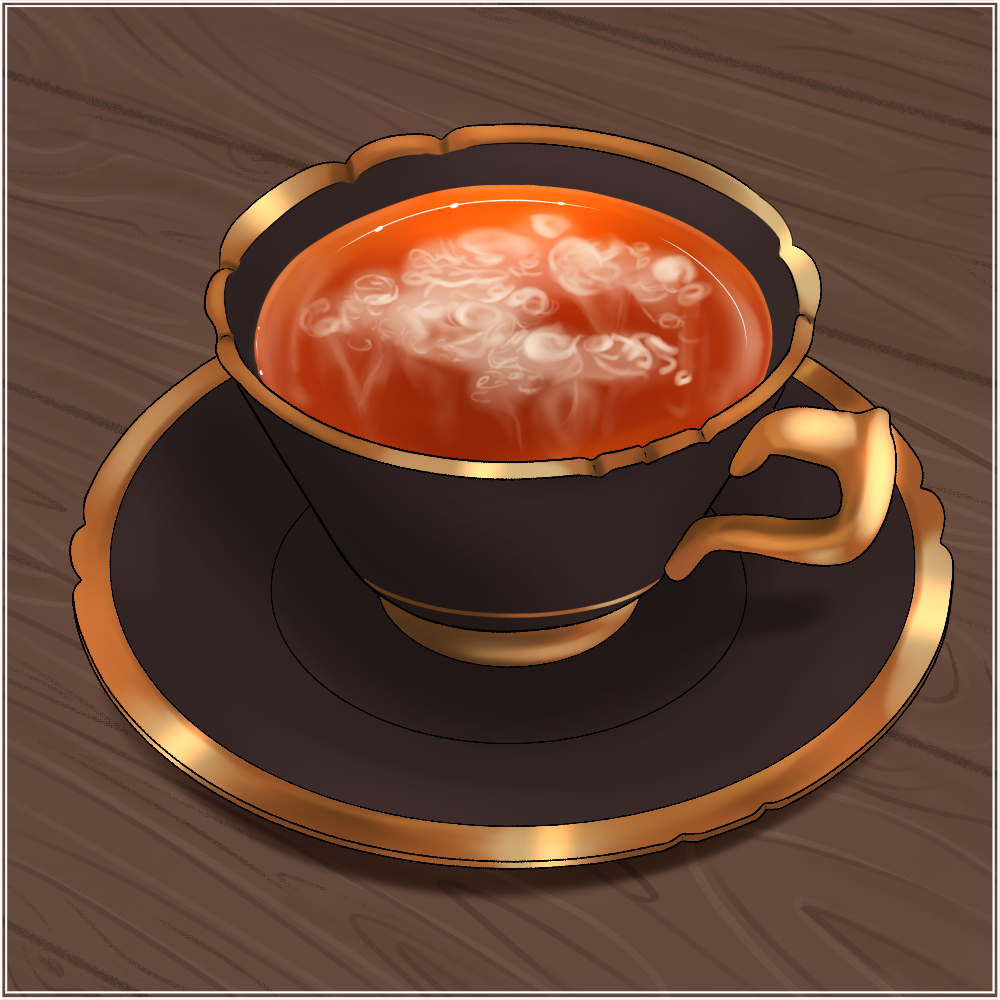








Awesome! \o/
Thank you! : D
At the end of everything, hold onto anything.